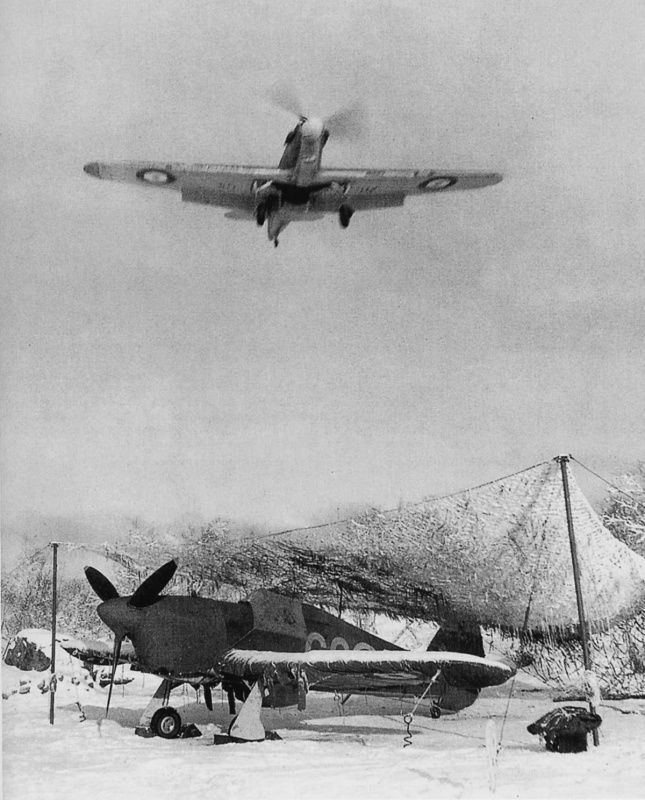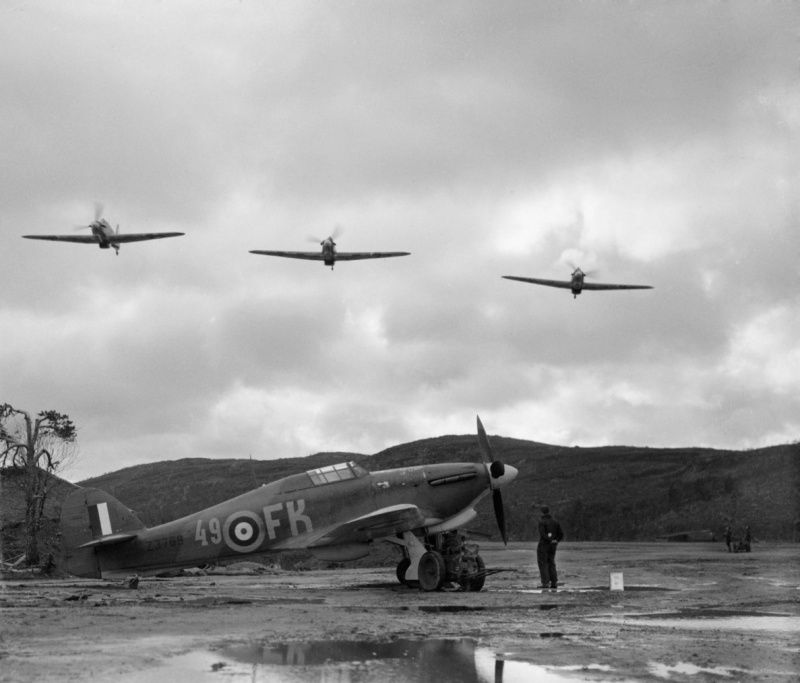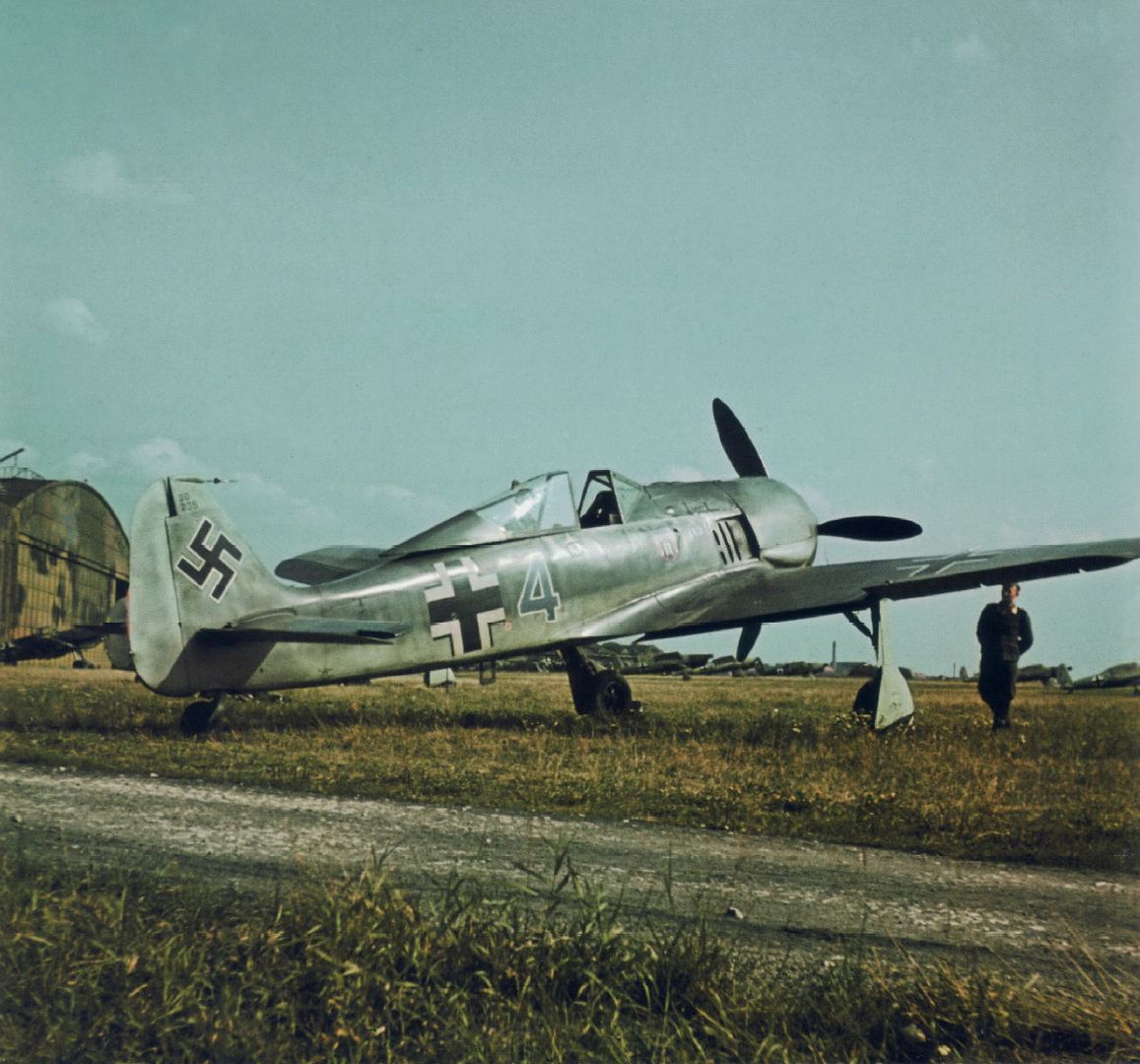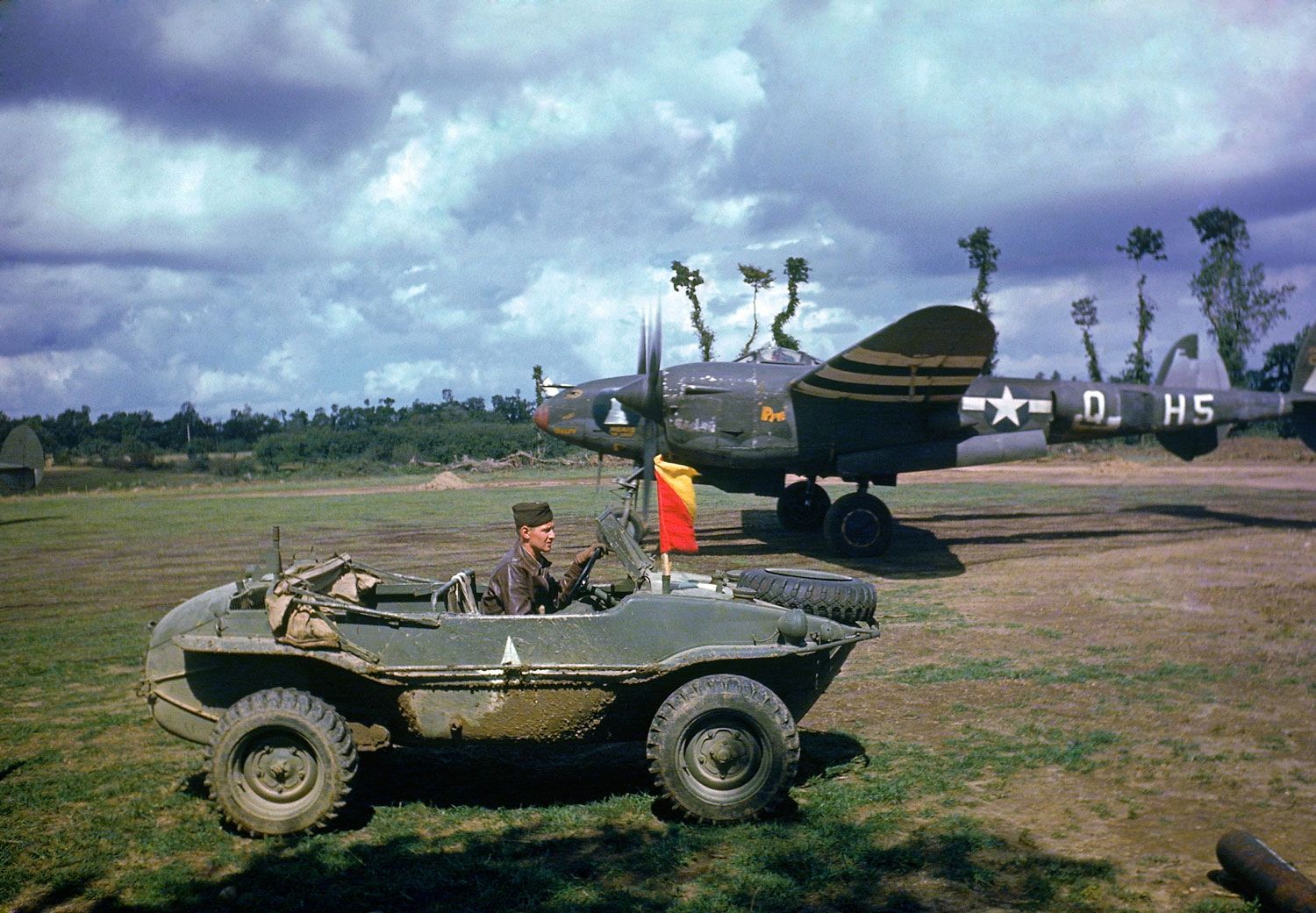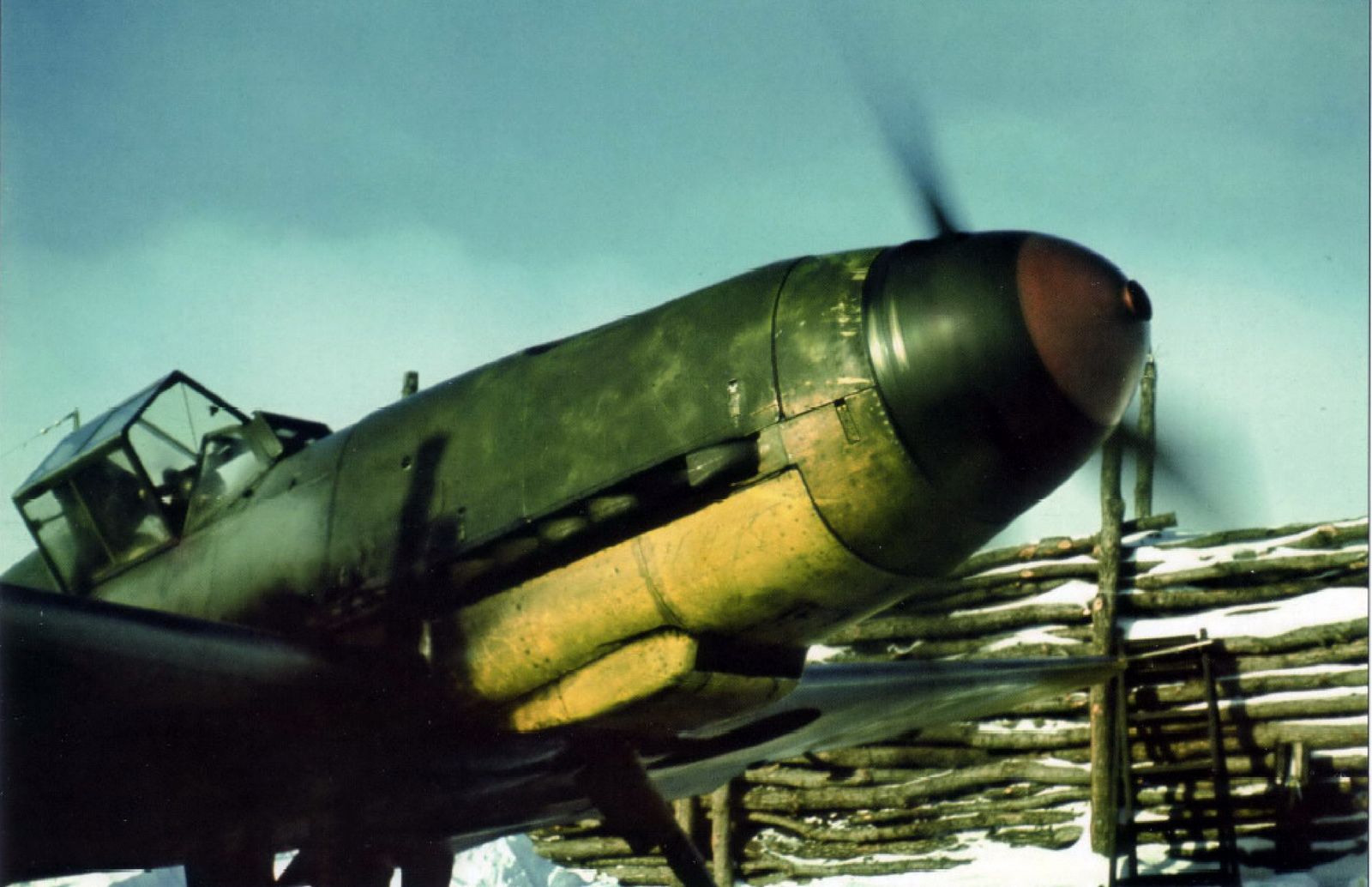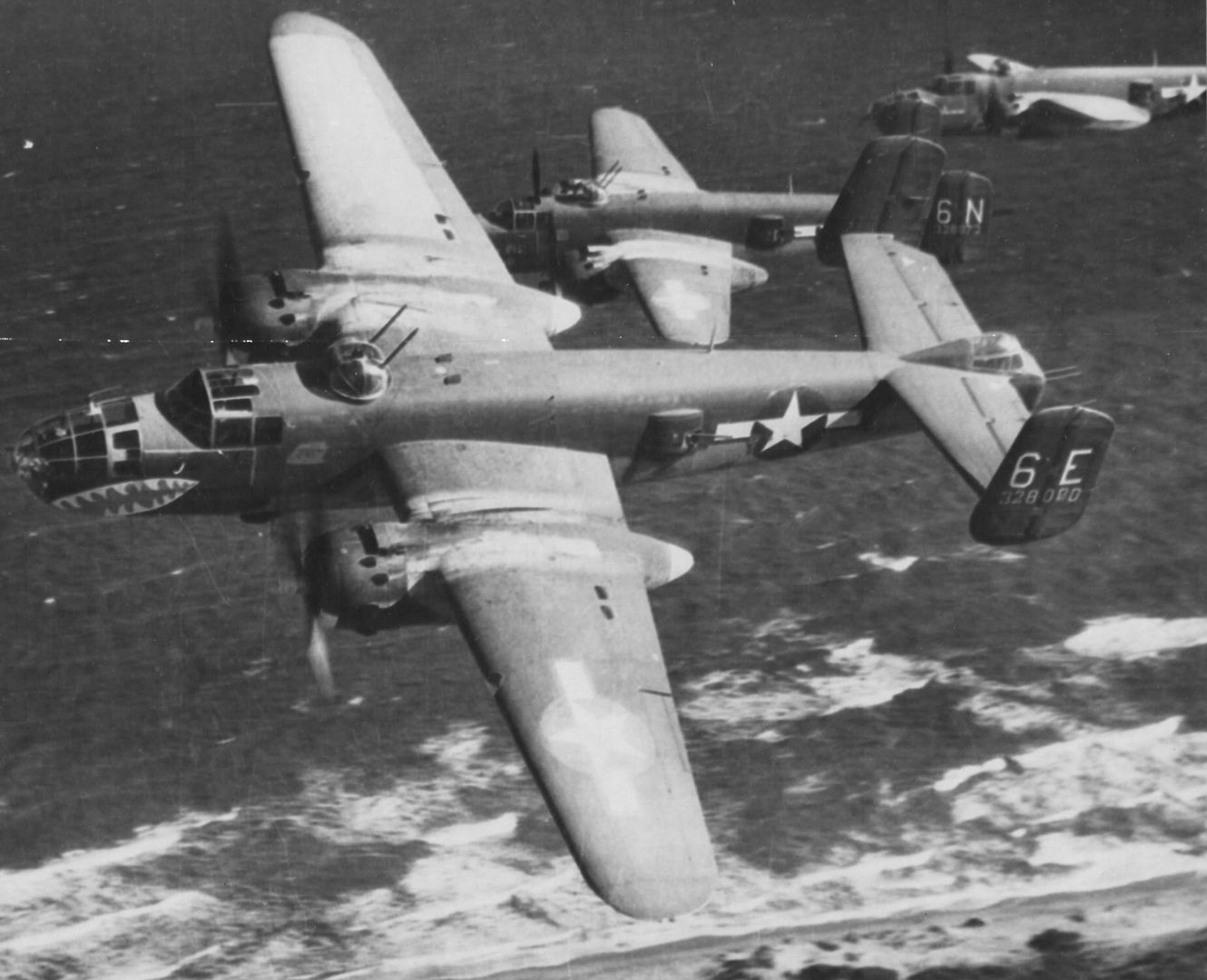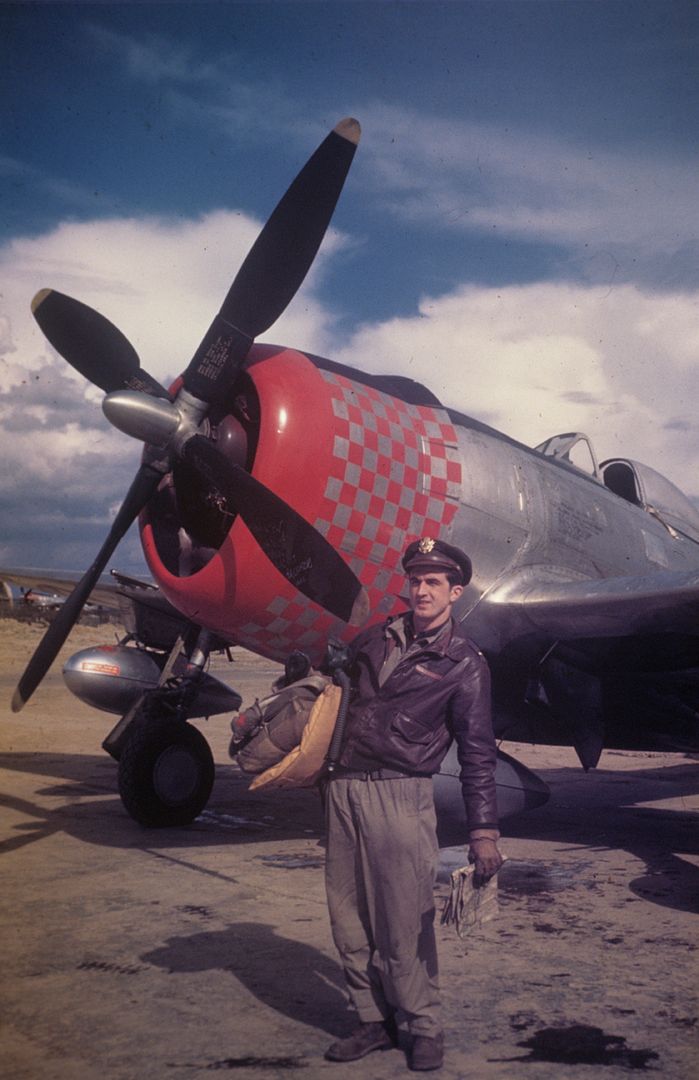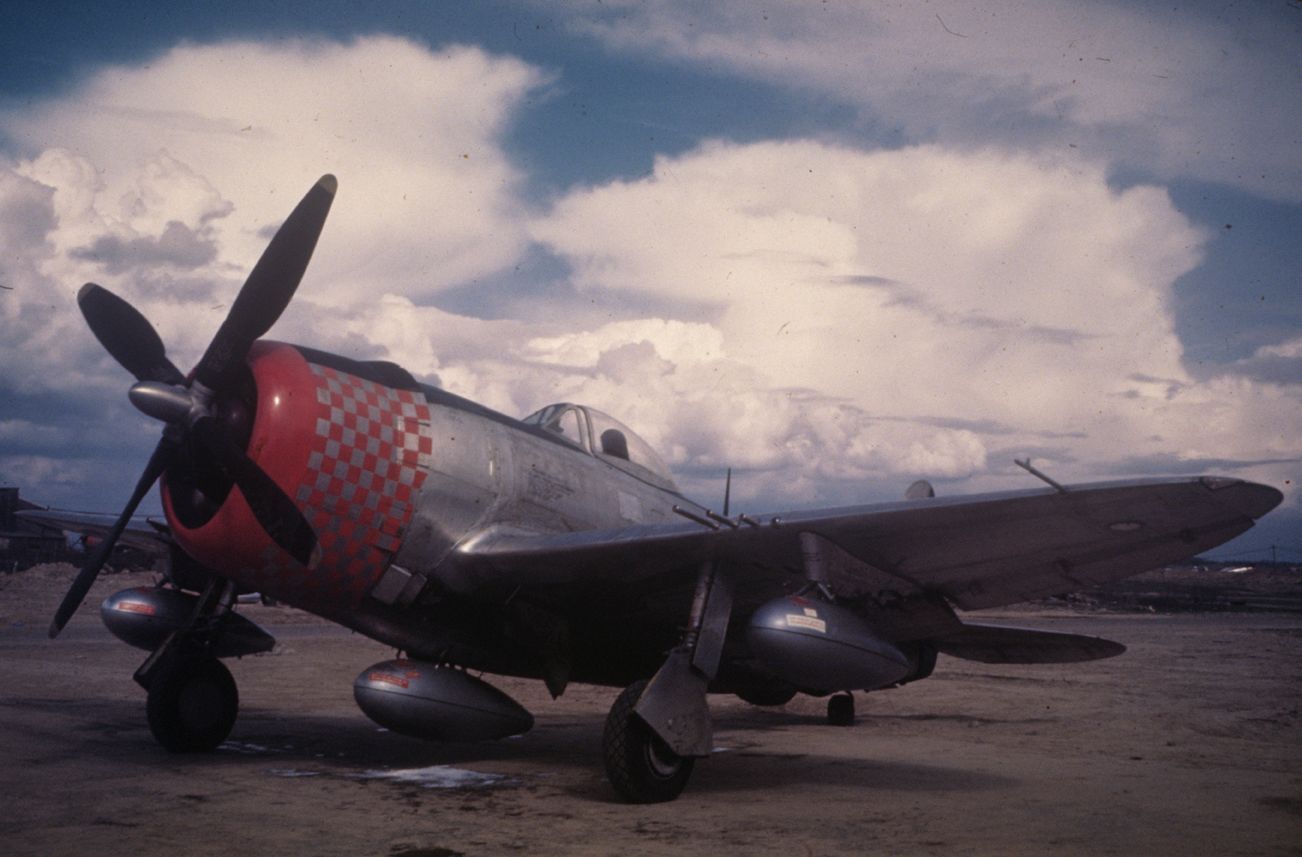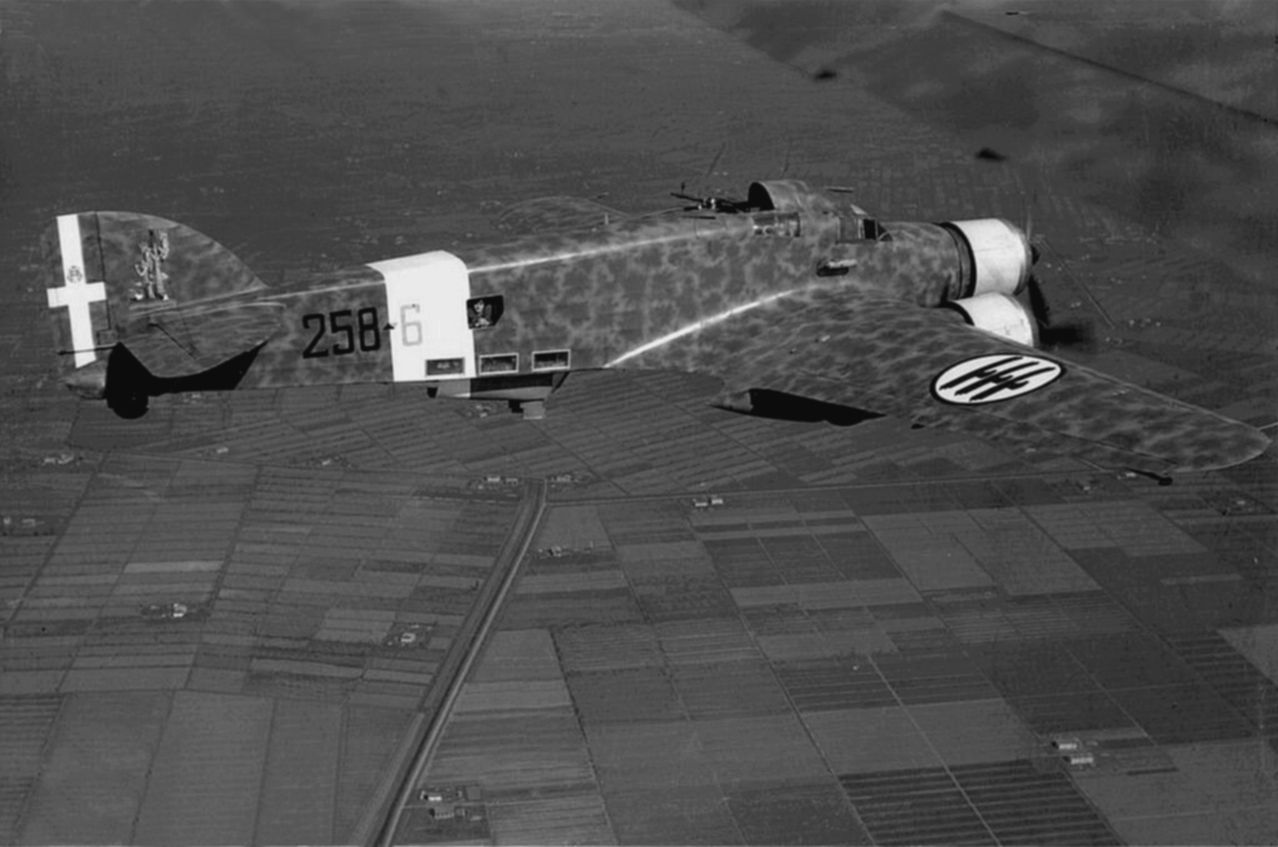Forums
- Forums
- Axis And Allies Forum
- General Discussion
- Photo of the week
Photo of the week
Post a reply
- Go to Next topic
- Go to Welcome
- Go to Introduce Yourself
- Go to General Discussion
- Go to Screenshots, Images and Videos
- Go to Off topic
- Go to Works in Progress
- Go to Skinning Tips / Tutorials
- Go to Skin Requests
- Go to IJAAF Library
- Go to Luftwaffe Library
- Go to RAF Library
- Go to USAAF / USN Library
- Go to Misc Library
- Go to The Ops Room
- Go to Made in Germany
- Go to Campaigns and Missions
- Go to Works in Progress
- Go to Juri's Air-Raid Shelter
- Go to Campaigns and Missions
- Go to Works in Progress
- Go to Skinpacks
- Go to External Projects Discussion
- Go to Books & Resources
-
 Main AdminMid week bonus, (a day early as it's a holiday in Canada tomorrow).
Main AdminMid week bonus, (a day early as it's a holiday in Canada tomorrow).
A wonderful shot of Wellington 1A N2827.
Her fate was sealed on 18-12-39.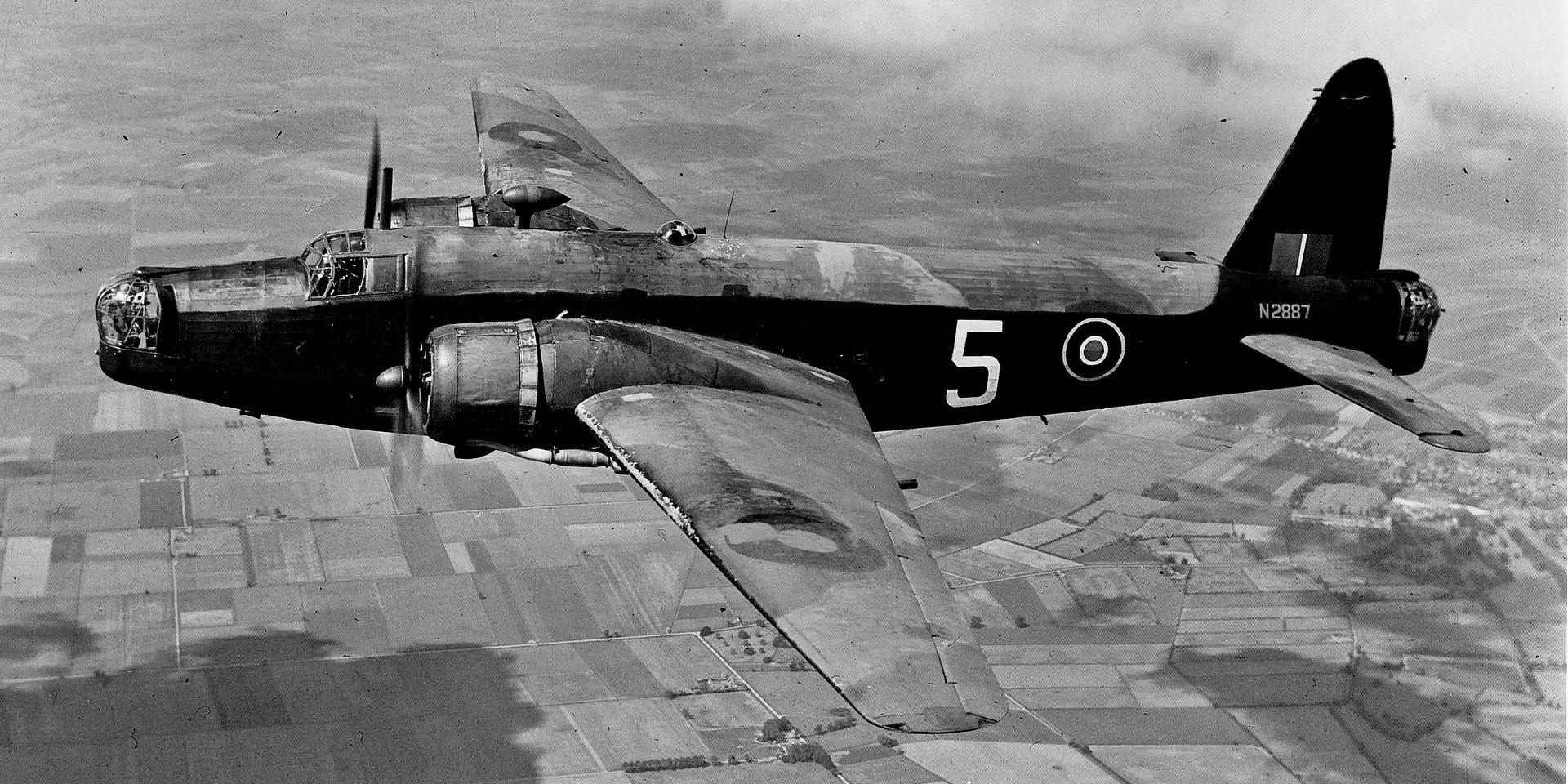
LINK --- http://aircrewremembered.com/guthrie-archibald.html
-
 Main Admin
Main Admin -
 Main Admin
Main Admin -
 Main Admin
Main Admin -
 Main Admin
Main Admin -
 Main Admin
Main Admin -
8 years agoWed Jul 22 2015, 01:58pm
 Main AdminProject Extraversion: P-80s to Europe
Main AdminProject Extraversion: P-80s to Europe
Following Milo Burcham?s first flight in the spinach-green XP-80 (44-83020) named Lulu Belle on Jan. 8, 1944, Lockheed built two XP-80A models (44-83021/44-83022) and won an AAF contract to build 13 service-test YP-80A airplanes (44-83023-83035). The first made its initial flight on Sept. 13, 1944, and all had been delivered to the AAF by Dec. 31. Burcham lost his life in a YP-80A (44-83025) on Oct. 20, 1944, but the program lost none of its impetus.
The AAF boss, Arnold, was following jet developments in Germany and was eager to get YP-80As there. Asked when he wanted the YP-80A in Europe, Arnold said, simply: ?Now.?
On Nov. 13, 1944, Col. George E. Price received the go-ahead for Project Extraversion, to send four YP-80A service-test airplanes across the Atlantic ? two to England in the European Theater of Operations (ETO) and two to Italy in the Mediterranean Theater of Operations. The word ?extraversion? refers to a persistent personality trait that involves an outward mental orientation, meaning a person who is the opposite of an introvert. So perhaps this project was meant to symbolize reaching out. The four YP-80As were disassembled, put in boxes, and put aboard ships.
It?s unclear whether Arnold, Price and others expected these YP-80As to see combat. Clearly, one purpose of their journey was to build the morale of Eighth and Fifteenth Air Force heavy bomber crews, who were confronting German jets every day.
The pair for the ETO (44-83026/44-83027) arrived in England on Dec. 30, 1944. Ground crews assembled them at Burtonwood.
Their time in England, which might have yielded the stuff of high drama, turned out to be was brief and tragic.
Col. Marcus Cooper and Maj. Fredrick Austin Borsodi, the Wright Field pilots assigned to the project, began flying in January 1945, with Cooper making the first flight of any P-80 outside the United States. Borsodi took a YP-80A into the air on Jan. 28, 1945, but a failure in tension of the tail-pipe flange caused part of the hot gasses to vent inside the rear fuselage, expanding and burning through tail surfaces and causing the tail section to disintegrate. The aircraft crashed on a farm and Borsodi was killed.
The other YP-80A was available to be sent over the Reich if anyone wanted to use it to combat the Messerschmitt Me 262. It?s unclear whether the YP-80A had sufficient range to reach Me 262 airfields, and it wouldn?t have made much sense to send this single jet out on its own on a combat sortie. A later version, the F-80C, would later be credited with the first aerial victory in a jet-versus-jet battle (in Korea), but it was not destined to happen in 1945. Instead of fighting Adolf Hitler?s jets, the sole YP-80A in England went off to Rolls-Royce, on loan for flight tests with the Nene B.41 turbojet engine. It survived the war but was destroyed in a crash landing after an engine failure ? common in early jets ? on Nov. 14, 1945.
P-80 Intro in Italy
Possibly by coincidence, two YP-80As (44-83028/44-83029) arrived in Lesina, Italy in late January 1945, around the time Arado Ar 234B reconnaissance jets based at Udine, Northern Italy, began flying reconnaissance missions over Allied lines on the Italian front. It?s clear the YP-80As weren?t sent in response to Ar 234B operations, but it isn?t clear whether, if events had unfolded differently, the Lockheed jets might have intercepted the Arado jets. Lesina, with its single, pierced-steel planking runway, was part of the Foggia Airfield Complex, a series of World War II military airfields located within a 25-mile radius of the city of Foggia.
According to Bob Esposito, a historian who studies the history of the P-80, the jet deployments to Europe were already classified and became even more so after the Borsodi crash in England. ?The YP-80A operations were strictly off-limits to regular AAF personnel,? Esposito said in a March 24 telephone interview. ?The whole thing was very hush-hush.?
An official history of the 1st Fighter Group states that a 94th FS pilot, Maj. Ed LaClare, flew ?two operational sorties? in a YP-80A but ?without encountering combat.? Other historians speculate that the YP-80As would have been used in battle if they had encountered a German adversary under the right circumstances.
The two YP-80As that had been deployed to Italy were returned to the United States. One of them (44-83028) is shown on its aircraft record card to have returned to Air Materiel Command in Buffalo, N.Y., presumably en route to Wright Field, on June 16, 1945; it had a long service life and eventually became a pilotless drone. The other (44-83029) is also listed as returning stateside on June 16; it survived a crack-up in a cornfield only to be lost in an Aug. 2, 1945 crash near Brandenburg, Ky. An official report spoke of wreckage being scattered over a wide area.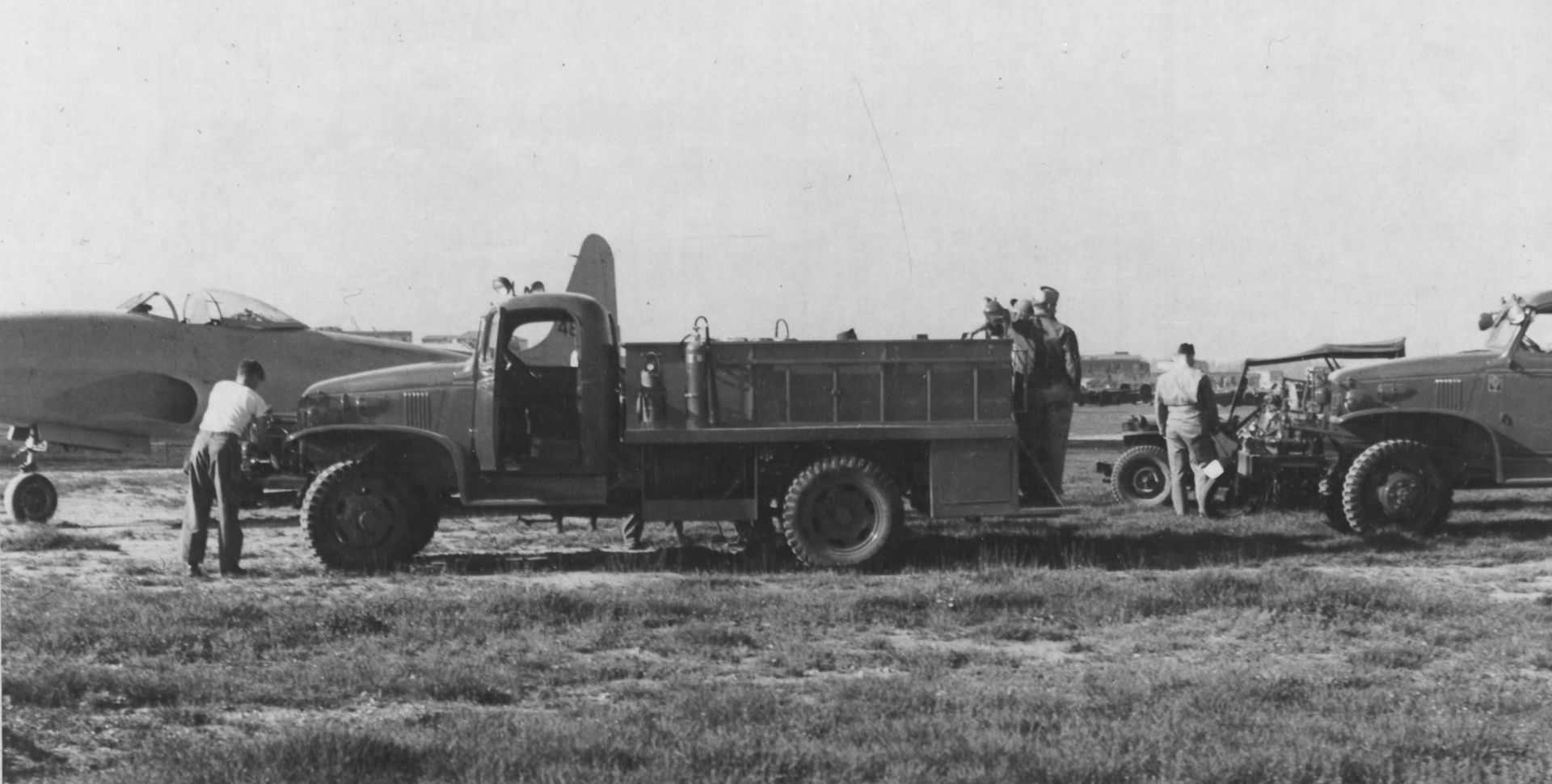

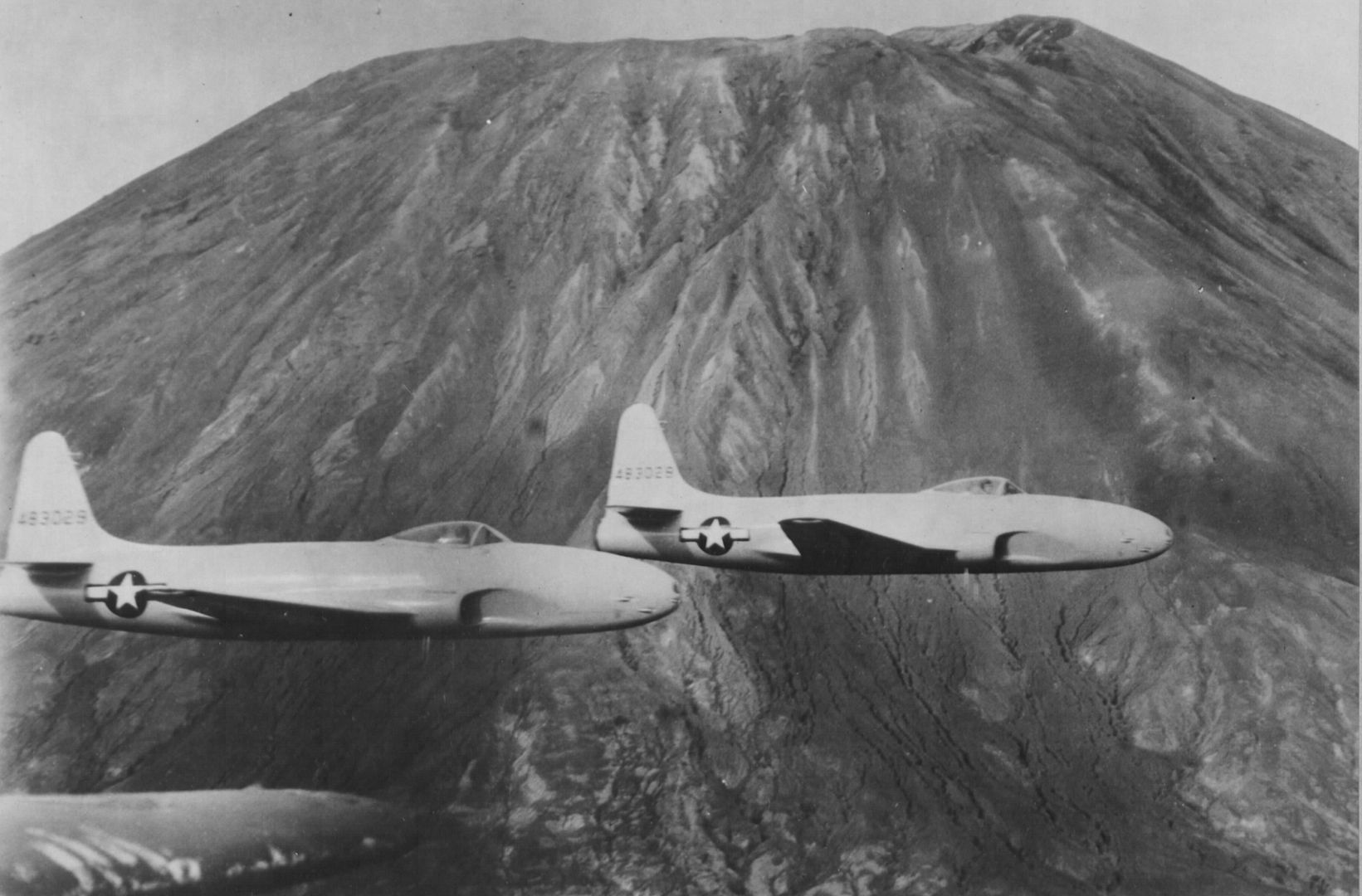
-
8 years agoFri Jul 24 2015, 01:11pm
 Main AdminIn September 1942, the crews of 32 Hampdens from No. 144 Squadron RAF and No. 455 Squadron RAAF flew from Sumburgh in the Shetland Islands to Vaenga (renamed Severomorsk in 1951) in Murmansk Oblast, Russia, a hazardous route often subject to poor weather and spanning more than 2,100 nautical miles (3,900 km), partly over enemy-occupied territory in Norway and Finland. Nine Hampdens were lost en route. From Vaenga, 144 and 455 Squadrons escorted Arctic Convoy PQ 18. After the convoy arrived, the Wing's personnel returned by sea to the UK and the 23 surviving Hampdens were transferred to the Aviatsiya Voenno-Morskogo Flota. These Hampdens were then flown by the 3rd Squadron of 24 MTAP,Mine-torpedo aviation regiment [Anti-Shipping Wing]) until at least 1943.
Main AdminIn September 1942, the crews of 32 Hampdens from No. 144 Squadron RAF and No. 455 Squadron RAAF flew from Sumburgh in the Shetland Islands to Vaenga (renamed Severomorsk in 1951) in Murmansk Oblast, Russia, a hazardous route often subject to poor weather and spanning more than 2,100 nautical miles (3,900 km), partly over enemy-occupied territory in Norway and Finland. Nine Hampdens were lost en route. From Vaenga, 144 and 455 Squadrons escorted Arctic Convoy PQ 18. After the convoy arrived, the Wing's personnel returned by sea to the UK and the 23 surviving Hampdens were transferred to the Aviatsiya Voenno-Morskogo Flota. These Hampdens were then flown by the 3rd Squadron of 24 MTAP,Mine-torpedo aviation regiment [Anti-Shipping Wing]) until at least 1943.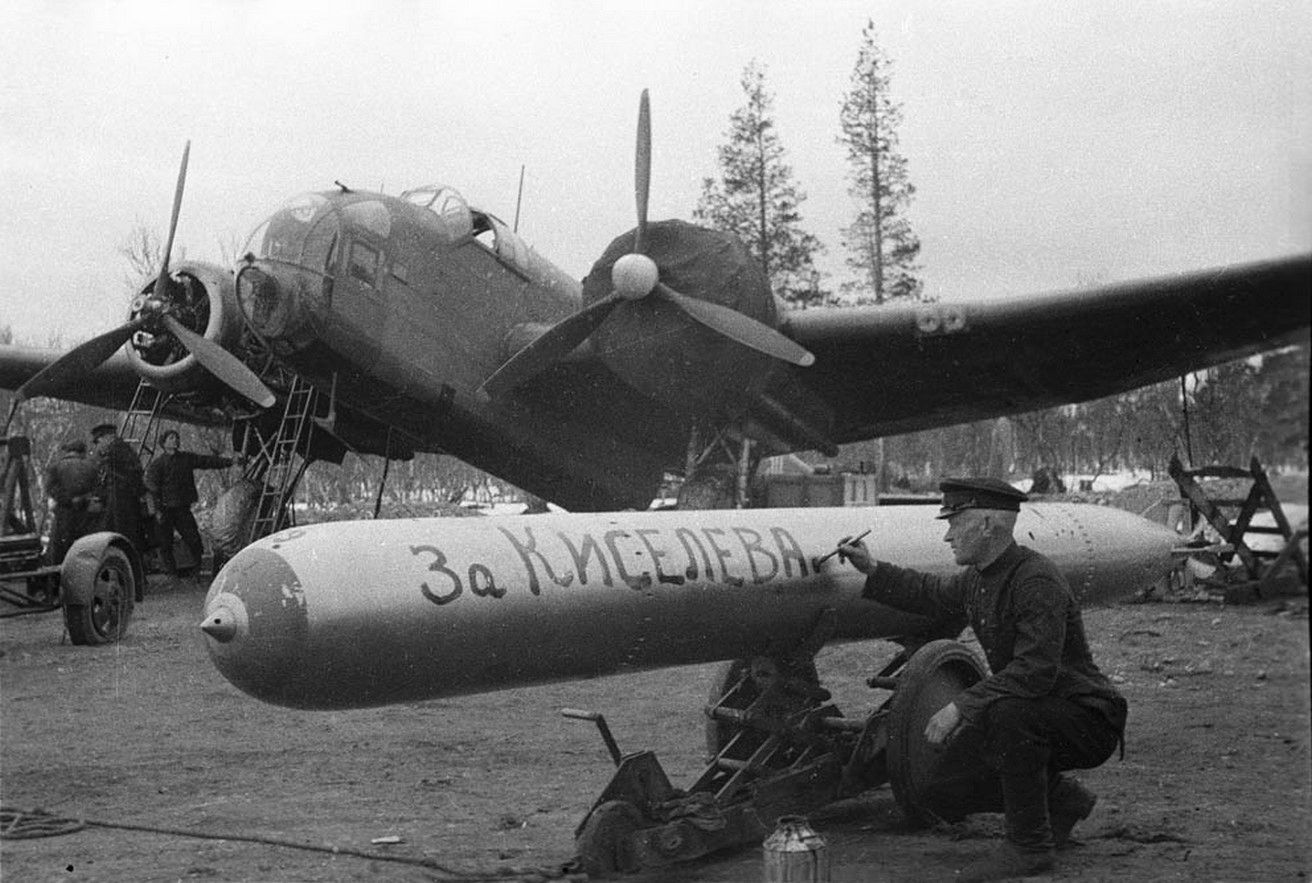
-
8 years agoWed Jul 29 2015, 01:57pm
 Main Admin
Main Admin -
 Main Admin
Main Admin
Post a reply
- Go to Next topic
- Go to Welcome
- Go to Introduce Yourself
- Go to General Discussion
- Go to Screenshots, Images and Videos
- Go to Off topic
- Go to Works in Progress
- Go to Skinning Tips / Tutorials
- Go to Skin Requests
- Go to IJAAF Library
- Go to Luftwaffe Library
- Go to RAF Library
- Go to USAAF / USN Library
- Go to Misc Library
- Go to The Ops Room
- Go to Made in Germany
- Go to Campaigns and Missions
- Go to Works in Progress
- Go to Juri's Air-Raid Shelter
- Go to Campaigns and Missions
- Go to Works in Progress
- Go to Skinpacks
- Go to External Projects Discussion
- Go to Books & Resources
